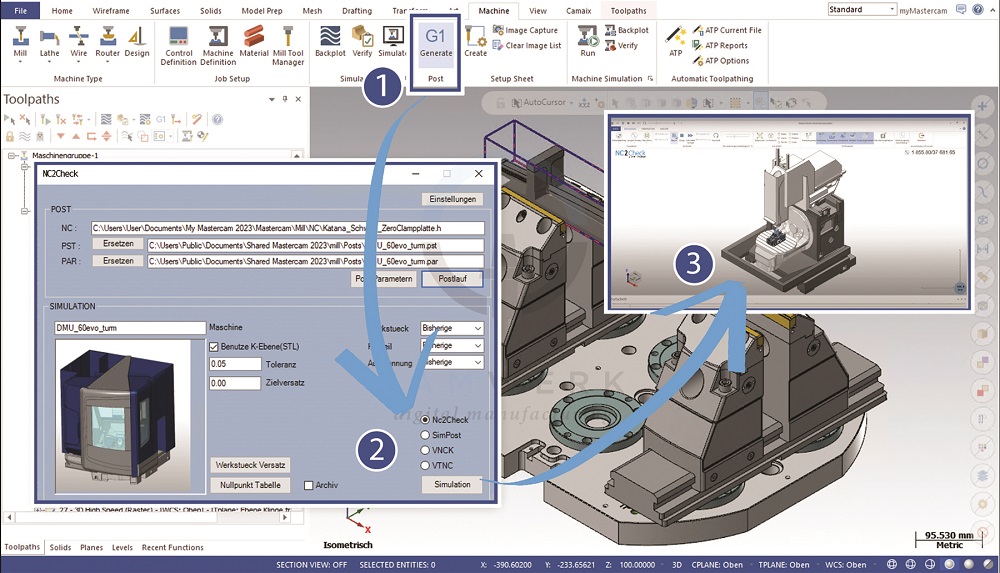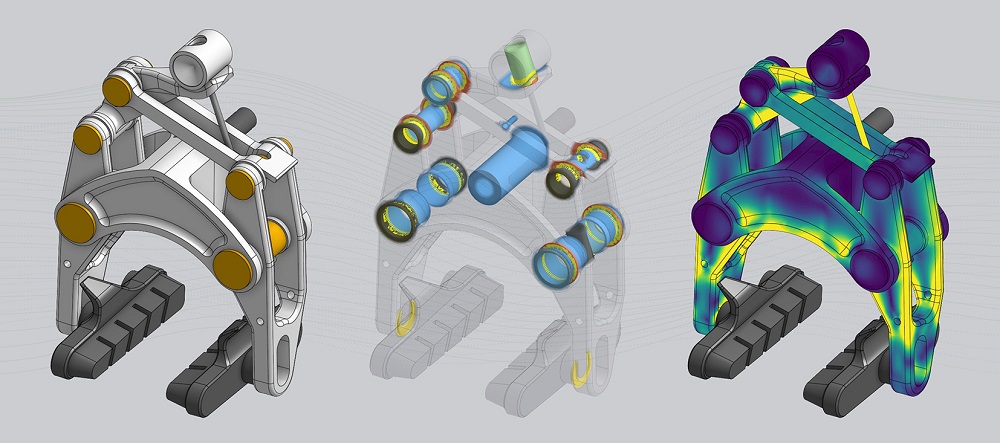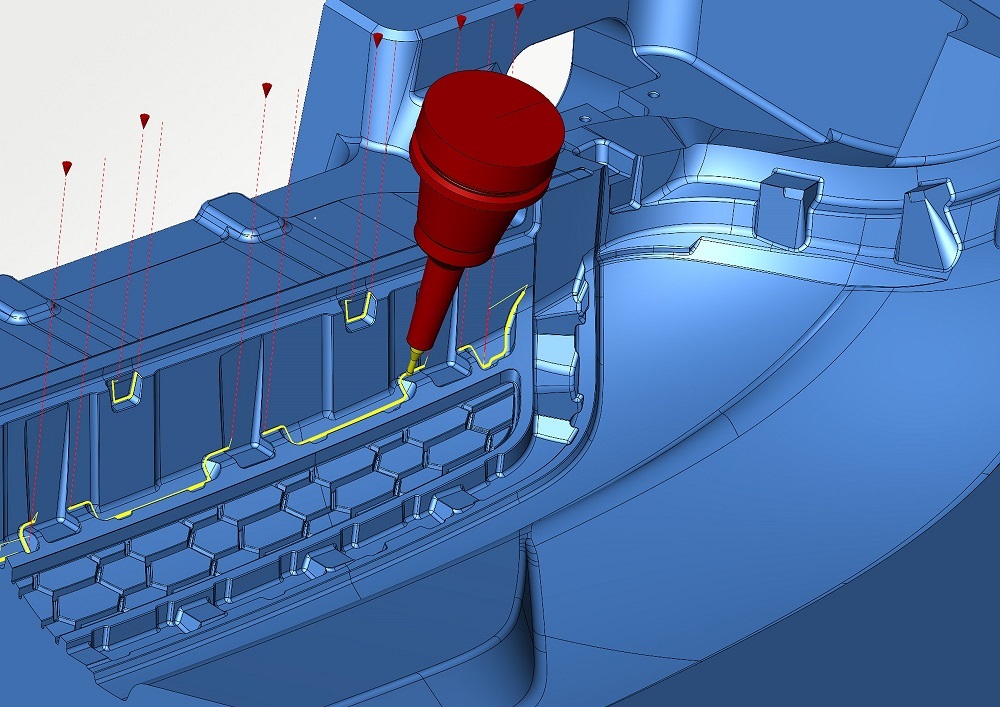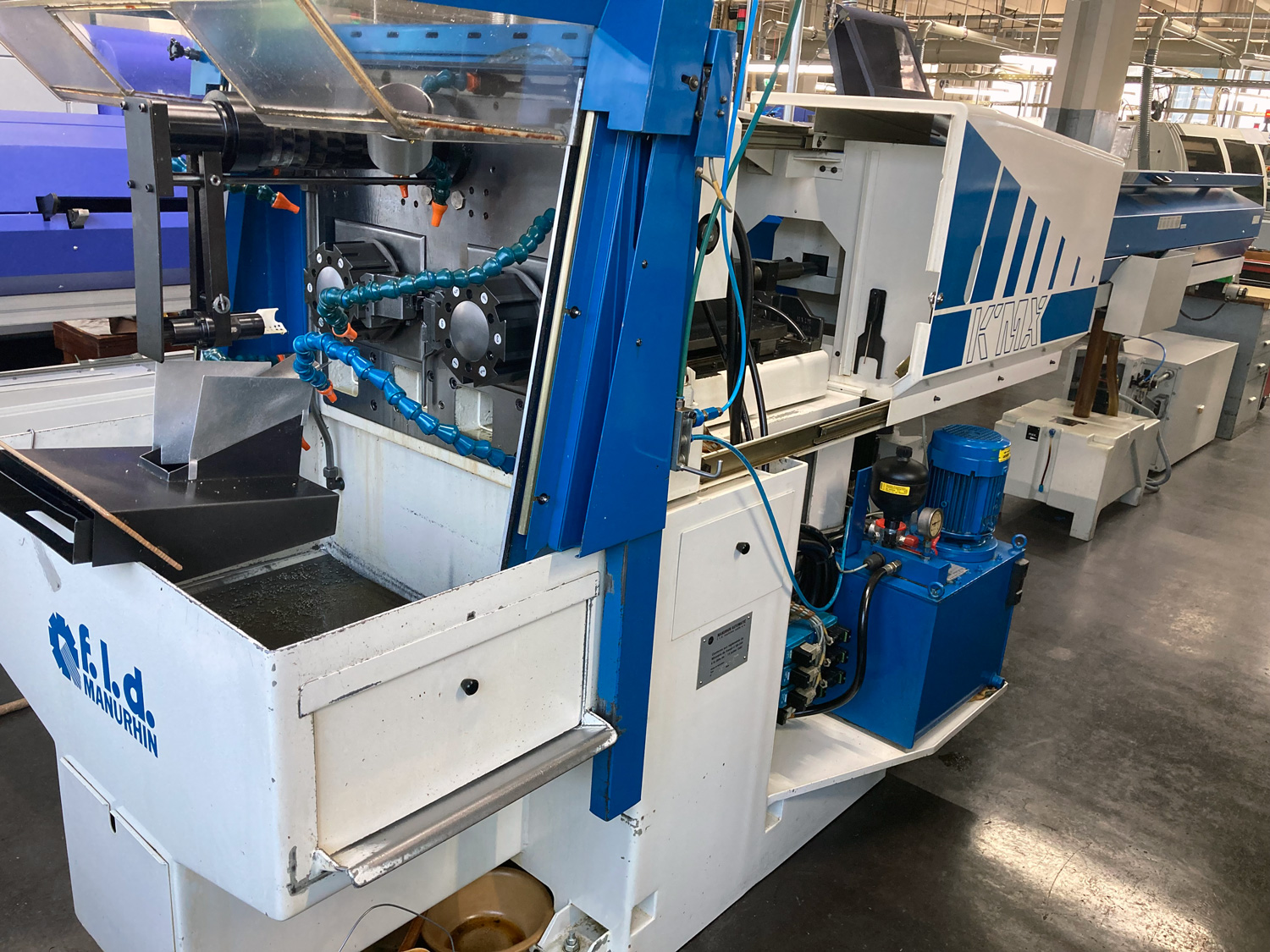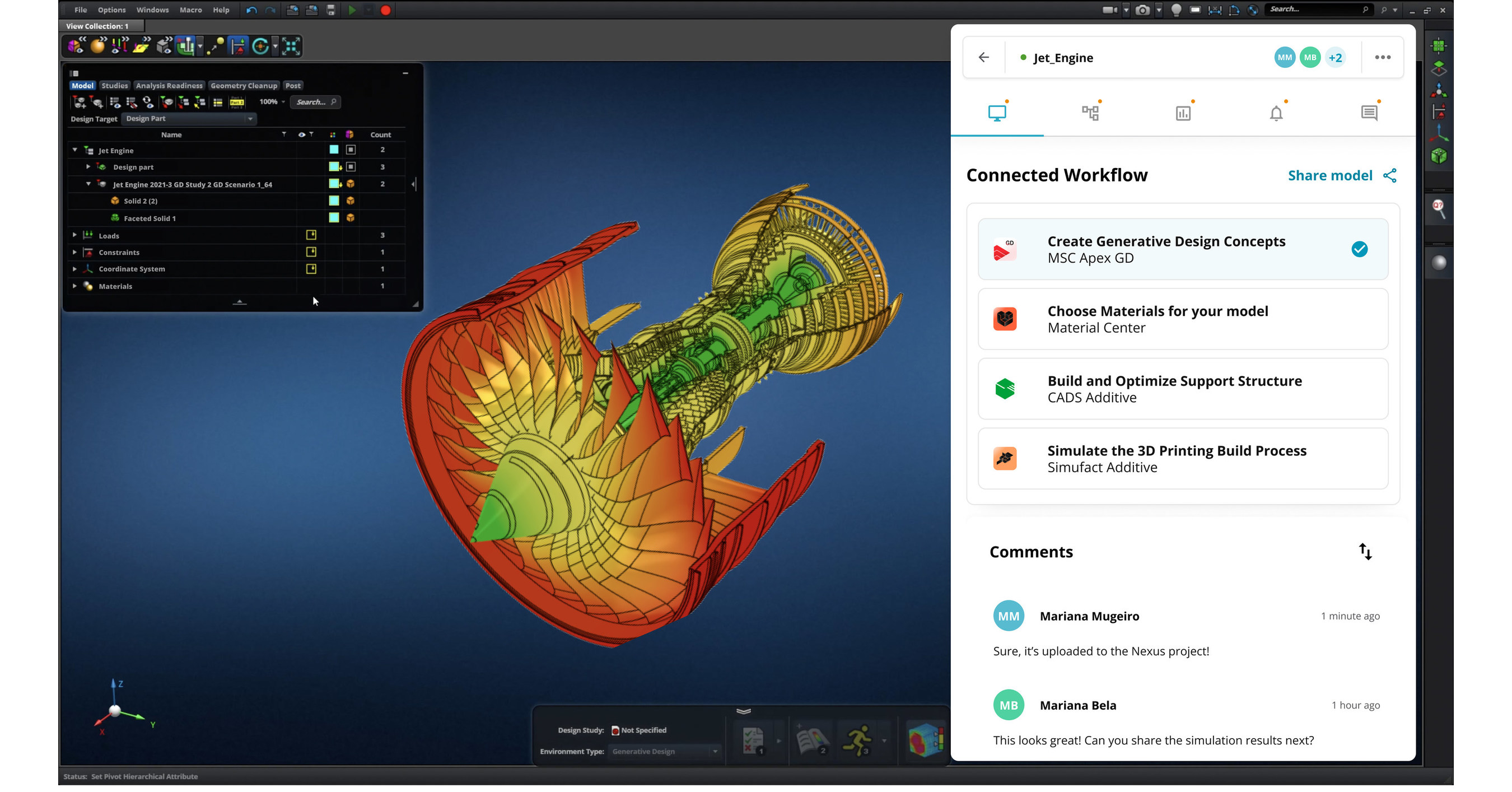CNC Software, developer of MastercamCADCAM software, is partnering with CAMWERK to provide customers with an easy to use fully-integrated machine solution called NC2Check.
The integration gives Mastercam customers a solution for avoiding machine damage, downtimes and failures, and makes production and programming even more efficient and error-free.
N2Check precisely simulates the CNC machine and the entire process of machining. By verifying the NC code through NC2Check, users have an NC code-based virtual machine simulation of all movements. NC2Check helps users detect errors that lead to machine downtime, damage to the workpiece, or even expensive collisions on CNC machines before actual machining even begins.
“We are excited to partner with CAMWERK on a complete mapping of the entire machine tool and simulation of NC programs based on G-code and make it available to over 300,000 users,” says Stas Mylek, partnership programmemanager at CNC Software. “The collaborative effort between both companies provides Mastercam users complete machine simulation for detecting issues such as travel limits or potential workpiece collisions before machining takes place.”
NC2Check is an add-on to Mastercam that installs as a single button on the ribbon bar interface. The single button allows users to launch NC2Check to provide full simulation and G-code verification from within the Mastercam session.
Bircan Öztürk, director for CAMWERK, says: “With NC2Check, you can see collisions and errors directly on your PC and run on your machines completely virtually. We do not offer G-code simulation in the classic definition, we offer our customers the freedom to create ideas and creatively use ideas elsewhere in the company instead of looking for errors in the NC program.”
For further information www.mastercam.com






